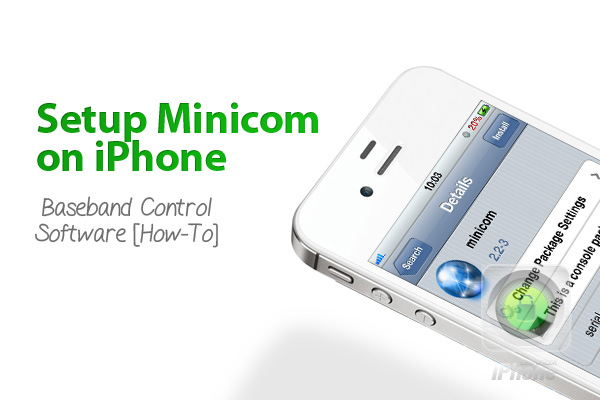How to Install Minicom on iPhone 4s , iPhone 4, iPad 3G
Launch Cydia =>Go to Search and type Minicom =>Press Install => Confirm =>Return to Cydia. Note: If there is no Minicom app in Search then go to Manage =>Settings and pick Developer. Now try to find Minicom app in the Search again. Here's a video tutorial that will help you to install Minicom:Setting up Minicom 2.2 on older devices: iPhone 3gs, iPhone 3g, iPhone 2g
This section is for installing Minicom on older devices. For the instructions on newer ones see the section below. Step 1: After installing Minicom software from Cydia, launch SSH Terminal or other similar software like Mosh, connect to your iPhone and make sure the folder /usr/etc/ exists. If not - create one. To connect to your device you need to select destination port first. To make this, type into the terminal:minicom -s
Step 2: Now, select "Serial Port Setup" in the Menu and press Enter. Then, press "a" and set Serial Device to read the port:
/dev/tty.debug
However another baseband port also works great and appears to be more reliable than the other device:
/dev/dlci.spi-baseband.extra_13
Step 3: Now Press Esc, and in the Main Menu, select "Save setup as dfl". Now, select "exit".
Setup Minicom on iPhone 4s, iPhone 4 and iPad
Step 1: The process of installing Minicom to newer devices is the same as written above but has some differences. Step 2: Setup the port. In newer iDevices there are following ports to connect to:/dev/tty.debug
and
/dev/dlci.spi-baseband.extra_0
Step 3: Save your dfl setting.
Also there are two others programs similar (or even better) then Minicom. You can use iGSM and Sendmodem to control your baseband.
How to run Baseband AT Commands using Minicom:
Launch Minicom, connect to your device using SSH and type into terminal:minicom -w
You should see Minicom working interface. Now you are ready to send commands to iPhone's baseband, but the first command entered in minicom should be:
at
After entering at press Enter. Now you can type any commands you want to explore the bb.
Note: If you don't know many AT command then you can use this link to find the command you need.
Working on the iPhone 4
Many peolpe reported that they couldn't use any of the ports on X-Gold 618 baseband (iPhone 4). One way around this is to install Signal iPhone app from Cydia: Signal was designed for iOS 4, and contacts /dev/tty.debug in an iOS 4 compatible way. It works this way to receive baseband information, one of them being, the exact measurement in dBm. This opens the port to /dev/tty.debug. You will need to SSH into your iPhone 4 from a Terminal emulator or SSH client on a remote host. At the same time Signal app must be opened to successfully execute the backgrounded AT+CMGS commands or check your iPhone’s lock state With AT+XSIMSTATE Command (Here is more info). The tty.debug does not actually require CommCenter to be shut down, but you have to spam AT[enter] until you get a reply and then issue your command hoping the connection doesn't fail as CommCenter is using the baseband pretty much all the time making you unable to connect.Note about tty.debug port
While using this port to connect to the baseband you have to dissable/shutdown CommCenter. Remember that shutting it down disables Wi-Fi and GPS signal until the next reboot. So type into terminal:launchctl unload -w /System/Library/LaunchDaemons/com.apple.CommCenter.plist
Reboot your iPhone until you can't get signal as per the status bar + get the non-visual voicemail indicator the empty badge over Phone icon. Then connect to Minicom using tty.debug port.
And don't forget to turn the CommCenter ON when you are done using Minicom. Just type:
launchctl load -w /System/Library/LaunchDaemons/com.apple.CommCenter.plist
Trouble with Minicom
Problem: Executing AT commands on iPhone 4:
Fix: If you have trouble with executing AT commands with Minicom on iPhone 4 you can try to do following:- Install Minicom and set the serial to tty.debug. Try to run it through puTTY
- Try to disable CommCenter
- Try to click Ctrl+A for setting echo ON
Problem: Cannot wtire to /usr/etc/your-setting-name.dfl
Fix: Please make sure that folder /usr/etc exists. For this error usually there is no /etc folder in the /usr directory. If it is so just create /etc folder. You can do that by using iFile, iFunBox or SSH sotware. You can create the folder by typing into terminal:cd /usr mkdir etc
Problem: No termcap entry for vanilla
About this error: This happens on a jailbroken iPhone 4 and 4s on iOS 5.0.1 and higher. This error happens right after one enters the username but before entering the password there's no time to complete the login process. Also when trying SSH connect via iFunBox, you could be unable to login but receive a different message when trying to run Minicom: "No termcap entry for vanilla" Fix: you have to install Ncurses (New Curses) package from Cydia. If it doesn't help please use another SSH client software. iFunBox software was claimed to receive such type of errors earlier.Problem: Minicom can't input commands:
Fix: If you can't see any command you've entered, then just type in following when in minicom interface:Ctrl+A then E
That command will set echo to ON and you will be able to see what commands are you entering.
And don't forget to install OpenSSH package here or from Cydia because you won't be able to connect to your Device using SSH. Recent Blog

Ultimate Guide: How to turn Off Restricted Mode on iPhone?

Automate Apple GSX check result obtaining?

iRemove Unlock iPhone 5S, 5C, 5, SE, 4S/4 Software

MacOS High Sierra Features: Set Up Websites in Safari on Mac
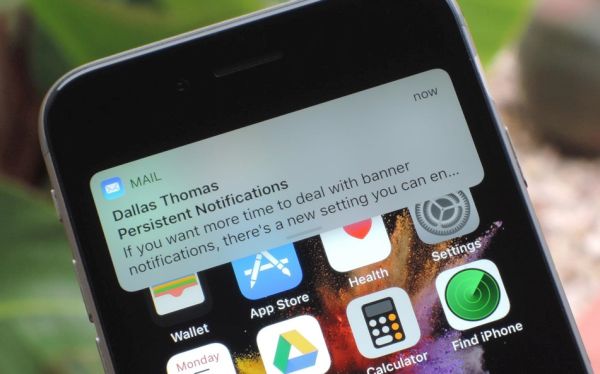
How to Enable iOS 11 Mail Reply Notification on iPhone 7
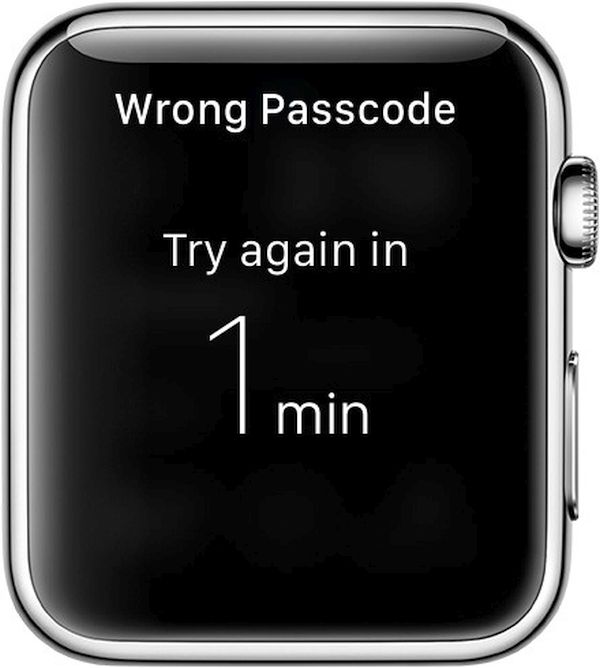
How to Bypass Apple Watch Passcode Problem
LetsUnlock Services List
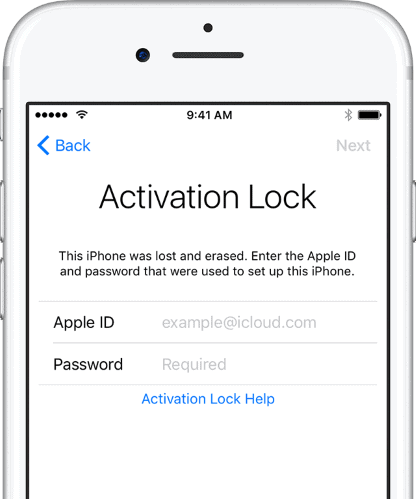
iPhone & iPad Activation Lock Bypass
Use LetsUnlock iCloud Tool to bypass Activation Lock Screen on iPhone and iPad running on iOS version up to 14.6.
Read More
Unlock Passcode Disabled iPhone or iPad
LetsUnlock iCloud Tool is ready to remove Find My and unlock your passcode disable device running on iOS 13.x.x in one click!
Read More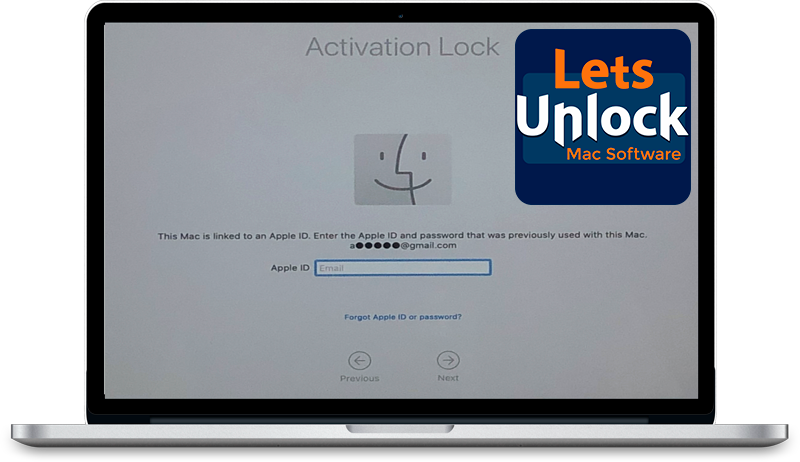
MacOS iCloud Activation Lock Bypass
The LetsUnlock Mac iCloud Activation Lock Bypass Tool will help you to remove Activation Lock on an iCloud locked Mac which is stuck on Activation Lock Screen with no need to enter the correct Apple ID and password.
Read More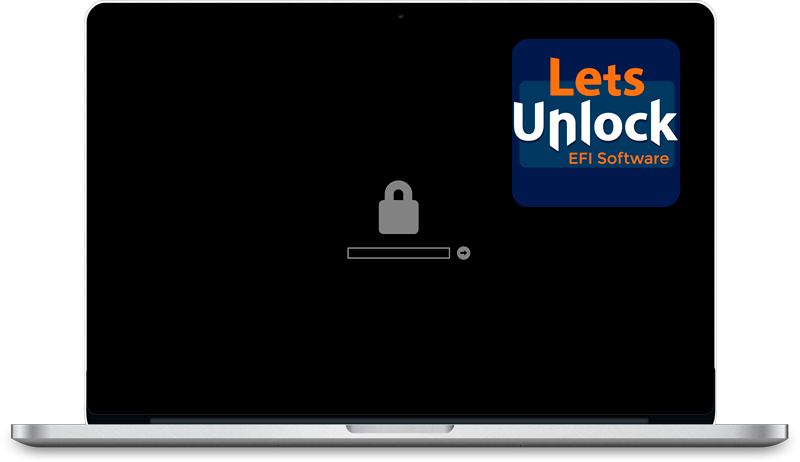
Mac EFI Firmware Passcode Bypass
The LetsUnlock EFI Bypass Tool is a one button solution, which you click to start the EFI Unlock process. Bypass EFI with out password! Everything else does the software.
Read More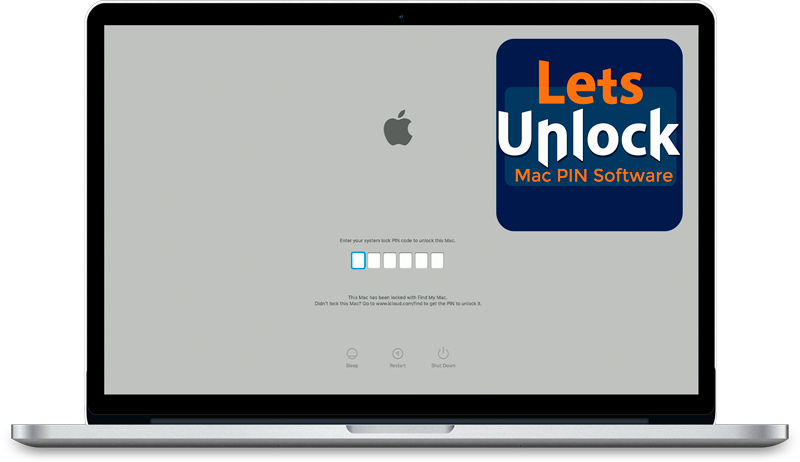
MacOS iCloud System PIN Bypass
The LetsUnlock MacOS iCloud System PIN Bypass Tool was designed to bypass iCloud PIN lock on macOS without passcode!
Read More